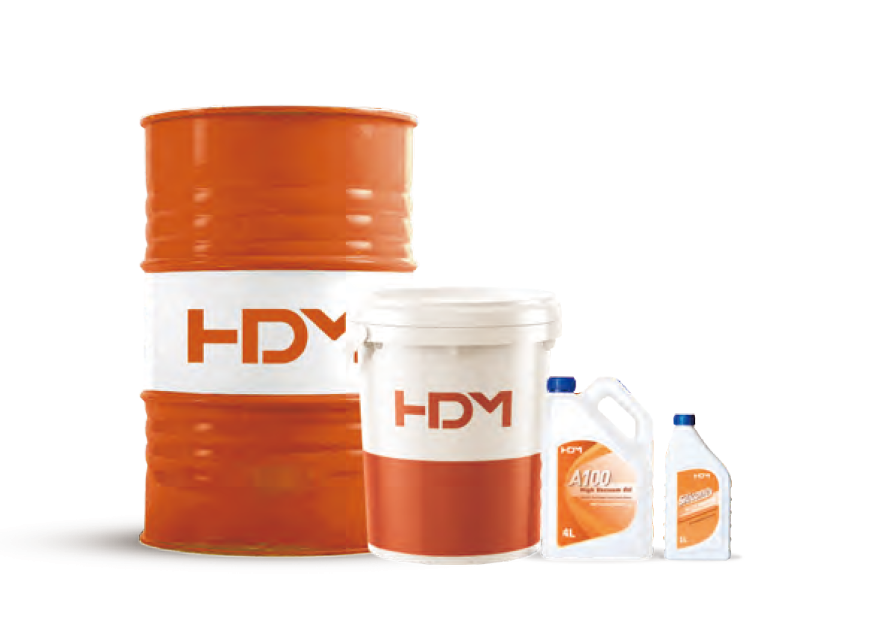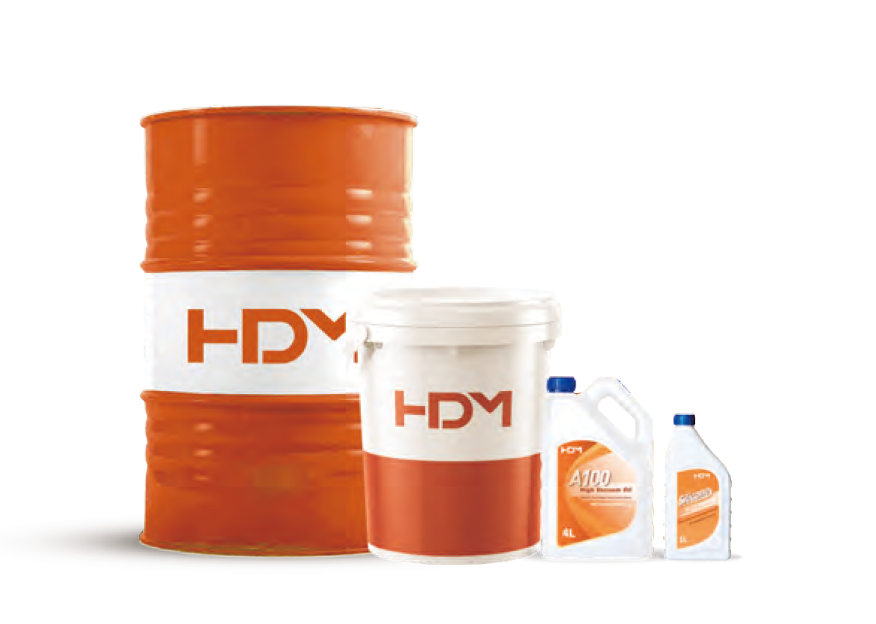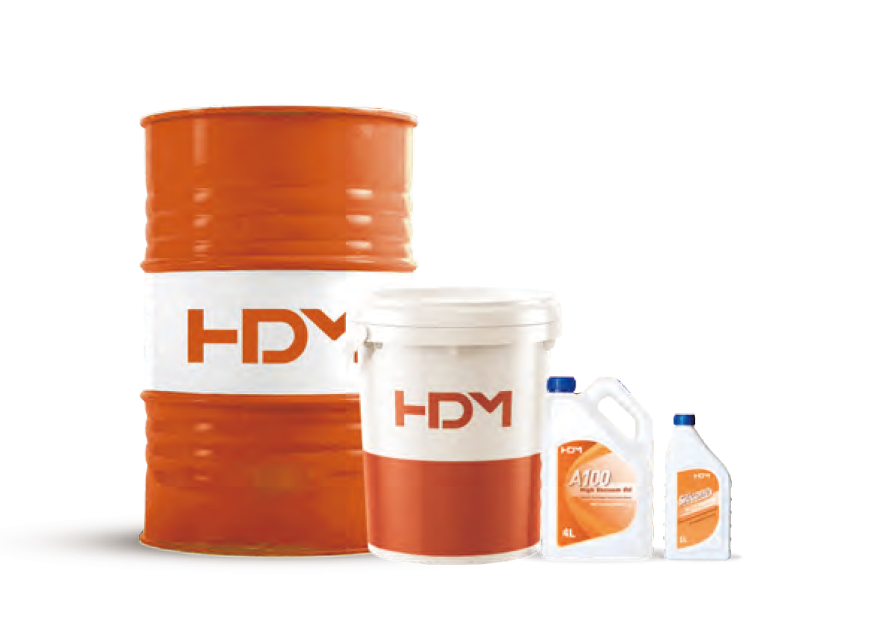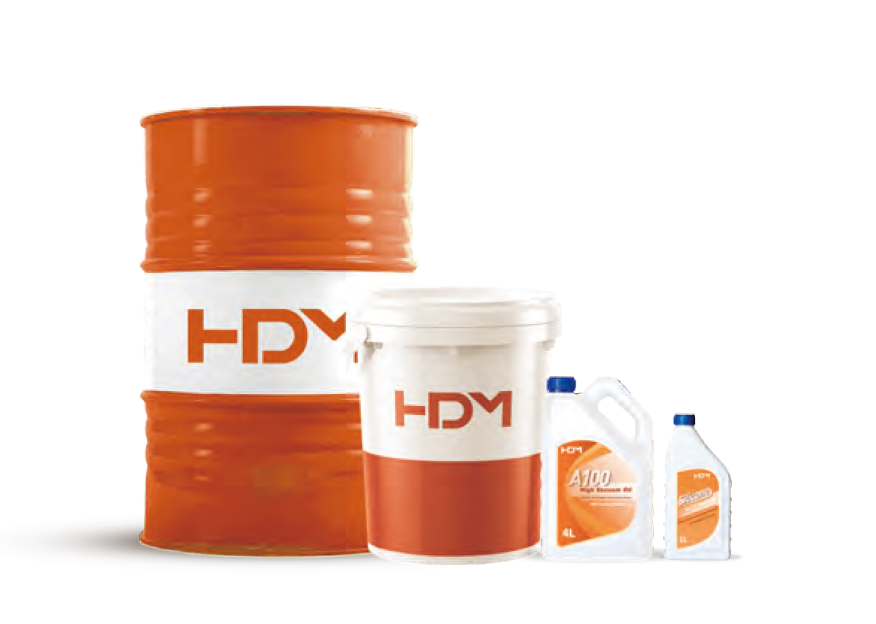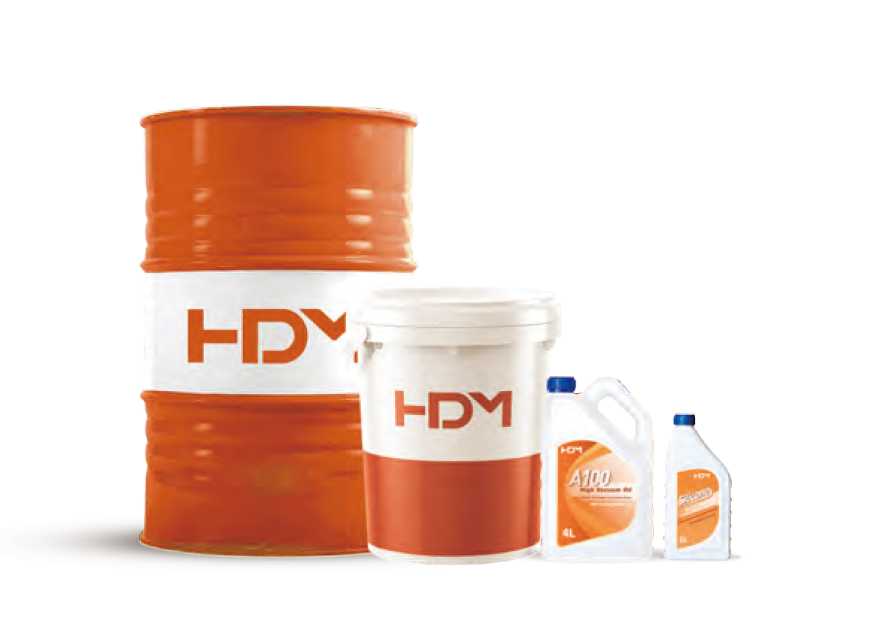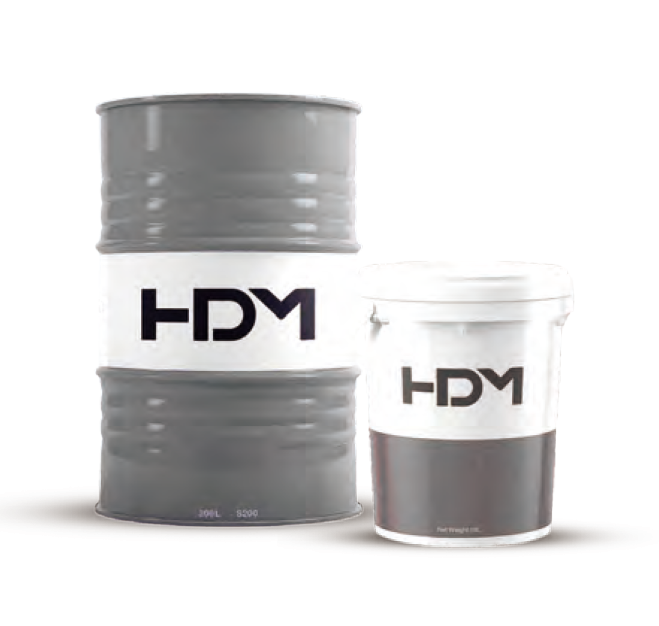In wire drawing, there is an increasing need for more efficient, faster, more reliable, zero-defect production to meet the demands of the current economic environment.
In terms of cost and weight, the industry is seeing aluminum conductors as a percentage of total production increasing, in fact production of aluminum overhead conductors has increased by more than 300% over the past decade. However, in their manufacturing process, especially in the way of drawing aluminum or alloy wires, the manufacturing methods are mostly stuck in the past without taking advantage of performance improvements and changes in drawing lubricant technology.
The article then addresses the question of how can a factory producing aluminum wire increase its output?
At present, most of the drawn aluminum rods and wires are drawn with pure oil. Pure oil is an insoluble wire drawing lubricant. It can be said that more than 90% of the world's aluminum and aluminum alloys are drawn with pure oil. , reminds us of clean drawing oil.
Pure oil
According to the ASTM D445 method, the kinematic viscosity (Kv40c) of pure oil for aluminum rod drawing ranges from 100 to 500 centistokes, and the actual viscosity may depend on the lubricant supplier and formulation. Lower viscosity oils are generally used for medium and fine wire sizes, with drawing oils having a kinematic viscosity (Kv40c) of 30 to 100 centistokes.
Most pure oil formulations for aluminum drawing lubricants will use a single or combination of base oils with low sulfur and high oxidation resistance. Base oils have the added value of performance additives such as lubricity, extreme pressure and antioxidant additives. The choice of raw material additives is at the discretion of the development chemist and there are thousands of performance additives available for evaluation and consideration.
The diagram above shows typical properties of a wire drawing lubricant: lubricates, cools, prevents die and capstan wear, protects the metal being drawn, protects the machine, provides a good wire surface finish, controls foam, keeps machines clean, reduces costs and reduces power consumption.
Pure aluminum drawing oil, like other wire drawing products, has both lubricating and cooling functions when drawing rods and wires. It lubricates the surface of the wire/mold and the surface of the wire/capstan, and removes and dissipates the heat generated during the drawing process.
However, over time, aluminum drawing oils become contaminated with alumina and fines from the drawing process. It can also be contaminated with moisture and free water from any spills or contamination into the drawing oil. Fines can wear down die and capstan surfaces, shortening their life, and can also be costly due to poor dies affecting the wire surface finish of the drawn wire. In addition, the fines in the drawing oil can react with the lubricant to form aluminum soap and darken the color. In the drawing oil, the drawing oil that is heavily contaminated can show thixotropy.
The working temperature and temperature control of the pure aluminum wire drawing lubricant also have a direct impact on the wire drawing performance, and may form too much aluminum soap, which will affect the viscosity, thereby changing the lubrication and cooling method of the wire drawing oil.
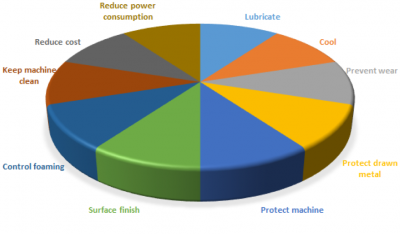
The diagram above shows typical properties of a wire drawing lubricant: lubricates, cools, prevents die and capstan wear, protects the metal being drawn, protects the machine, provides a good wire surface finish, controls foam, keeps machines clean, reduces costs and reduces power consumption.
Lubricating oil viscosity increase or thickening can be caused by three main reasons:
-The aluminum powder in the system reacts with the lubricant to form aluminum soap, which is catalyzed by temperature, so the higher the drawing oil temperature, the faster the reaction speed.
-Contamination by finely dispersed aluminum particles, large particles can settle or be easily removed by filtration and therefore have little effect on lubricant viscosity. Finely dispersed particles remain in a colloidal suspension, almost thixotropically, increasing viscosity and reducing lubricity.
- Oxidation of the lubricant, which would be the reaction of the lubricant or specific components of the lubricant with oxygen in the atmosphere. Temperature also accelerates this reaction, especially when the bulk oil temperature exceeds 50 degrees Celsius.
Effects of Water Pollution
The effects of water contamination into drawing oil can be both serious and costly. Free moisture can cause serious lubrication problems in drawing dies, which can lead to scratches or severe scratches in the drawing.
Aluminum drawing oil technical support
Technical service and support for aluminum brushing oils to determine overall condition and suitability for continued use, generally as indicated below.
The analytical tests performed were as follows:
- Exterior
- Kinematic viscosity @40c,cS.
- specific gravity@15c
- Acid value mgKOH/g
- Moisture content ppm
- Ash content in % expressed as aluminum and alumina
Each test is important in its own right, but taken together they provide an indication of the condition and suitability of the lubrication system for continued service.
Appearance - This is a major condition check and typically looks at the color of the lubricant, contamination with aluminum powder and its particle size. The smell will also be checked.
Kinematic Viscosity – Measured to determine any increase due to aluminum powder contamination and aluminum soap content.
Specific Gravity – This value is required because viscosity is recorded in centipoise by rotational viscometers. SG converts this value back to centistokes so it can be correlated to standard values for lubricant grades.
Acid Number - Indicates the degree of oxidation that occurs in drawing oils, especially lubricity additives.
Moisture content - Measured by the "Karl Fischer" method, this value is very important because moisture has a direct impact on lubricant performance. Moisture evaporates in the mold due to mold temperature, creating a compressible gas region between the wire and the mold. Contact between surfaces is highly likely, which will result in severe die wear and wire scratches; severe cases will stop production.
Ash Content - This value records the amount of aluminum powder and oxides circulating in the system. They can have a dramatic effect on kinematic viscosity and can wear down dies and capstans.
Analytical testing is performed as a routine when customers send samples for analysis. Its frequency will vary from monthly, quarterly to yearly, depending on the client and the condition of the drawing oil system.
Clean oil filtration
Pure aluminum brushing oil can be temperature controlled and can also be filtered to filter out oxides, aluminum, debris, soap and moisture. There are many methods and equipment types on the market, all with different cost, efficiency and maintenance requirements. The best system for filtering aluminum drawing oil is a centrifuge. A simple low cost 3 to 5 micron high speed centrifuge removes soap, fines and moisture from the drawing oil to prolong the life of the drawing oil and keep the drawing oil in good condition. If the centrifuge is properly maintained.
Pure Oil Summary
For the drawing of aluminum and aluminum alloys from rods to thin wires, pure oil is mostly used in the industry. The drawing oil added with new performance additives can run well, and the productivity of the drawing machine is acceptable.
The premise is that the drawing oil is maintained, temperature controlled and filtered, and the test of the pure oil will be carried out in the laboratory, so real-time data cannot be obtained.
The question is how factories can increase the output of their drawing machines; drawing oils can provide good performance, both in arguments for and against their suitability. They may also limit performance gains in terms of production speed or susceptibility to contamination. The wire industry should consider moving forward and adopting new emulsification technologies to increase production.
Soluble Oil Emulsion
The use of soluble oil emulsions in aluminum drawing is not a new application, but with the advent of new types of additives and the properties they provide, there can be substantial benefits for drawing companies by using emulsions instead of drawing oils. Emulsions are available for EC and alloys in all wire sizes from rod to ultra fine applications.
The benefits of using silk lotion over silk oil are as follows, far more than pure oil:
- Lower purchase and investment costs for customers compared to pure oil.
- Increase productivity of wire drawing machines
- accelerate
- Cleaner wires, machines and systems
- Operator acceptance
- Improved heat dissipation
- better lubricant control
- Improve mold life
- Improve surface finish
- Less drag out and less waste.
- Reduce operating costs.
- Reduced disposal costs
- easy maintenance
- Easy filtering
- Easy temperature control
However, there is a disadvantage in terms of the reactivity of pure aluminum with water, which is also present in the aerospace industry where emulsions are used. Pure aluminum reacts with water to form alumina, and the reaction is exothermic, so it is important to take care of the lubricant and monitor the process. The role of the lubricant is also crucial to cover the fine particles with the emulsion.
Lotion and oil
Emulsions will remove heat better than oils and this is evident in all quenching applications.
The same applies to fully formulated aluminum brushing lubricants, where emulsions are much better at dissipating heat.
This is a very important point for the excellent performance of the brushing emulsion, in which the heat dissipation rate of the emulsion is more than three times that of the brushing oil. Improved heat dissipation protects the mold and provides improved surface finish.
Lotion management
Aluminum brushing emulsions like copper should be efficiently filtered, which promotes clean operation by removing abrasive and reactive fines from the system. In aluminum emulsions, it is best to use two systems, a centrifuge and a filter. Also consider a third vacuum filtration system to remove light particles.
Please find the high performance filtration system for aluminum brushed emulsion in the picture below. These schematics were kindly provided by Filtertech, NY, USA
Emulsion Control
Aluminum wire drawing emulsion should be frequently controlled and monitored for the following test parameters.
- Exterior
- smell
- focus
- pH
- Conductivity
- Bacterial analysis
- coefficient of friction
- cleanliness
trend analysis
The tests and procedures are no different than those used for copper wire drawing emulsions, and evaluation of emulsion cleanliness is important to determine fines content and the effectiveness of the filtration system.
The results of the analysis should be charted for trend analysis, see the figure above.
Cost reduction
The overall cost of running an aluminum drawing system can be reduced when using drawing emulsions, although soluble oils are more expensive, less is required for the system.
20,000 Liter System
| Pure oil | Cost | Lotion | Cost |
| 20KL@Index 2.00 | 40,000.00 | 12%,20KL,[email protected] | 7,200.00 |
| Recharge, 10%, 2KL | 4,000.00 | Maximum recharge 2.4KL | 7,200.00 |
| Disposal, index 120/ton | 2,400.00 | Disposal, index 40/MT | 800.00 |
| All | 46,400.00 | All | 15,200.00 |
The graph above shows the significant cost difference in lubricating systems when comparing aluminum drawing oils and drawing emulsions. In terms of index cost, filling and processing drawing oil is more than 3 times more expensive.
The comment says that in terms of longevity, the oil system can have a longer life if maintained properly, so the cost can be spread over time, with increased drag as the oil ages and additional refill costs. Disposal costs at the end of its useful life are also high due to additives and fines contamination in the oil.
With the adoption of advanced ultrafiltration and vacuum distillation technology, the processing technology and cost of the emulsion are also reduced, which can further reduce the cost by up to 85%.
Summarize
This article discusses aluminum wire drawing applications and user options as they can use emulsions or pure oils for aluminum rod drawing, and in some cases the same product is suitable for all copper and aluminum applications.
The total cost of the process using emulsions is lower than neat oils and significant performance advantages can be gained.
With many skills and experience lost from the industry due to factory personnel changes, the requirement for suppliers to support customers and highlight cost-saving options becomes increasingly important. Drawing lubricant may be the least expensive item in the process, but it's still one of the most impactful.



